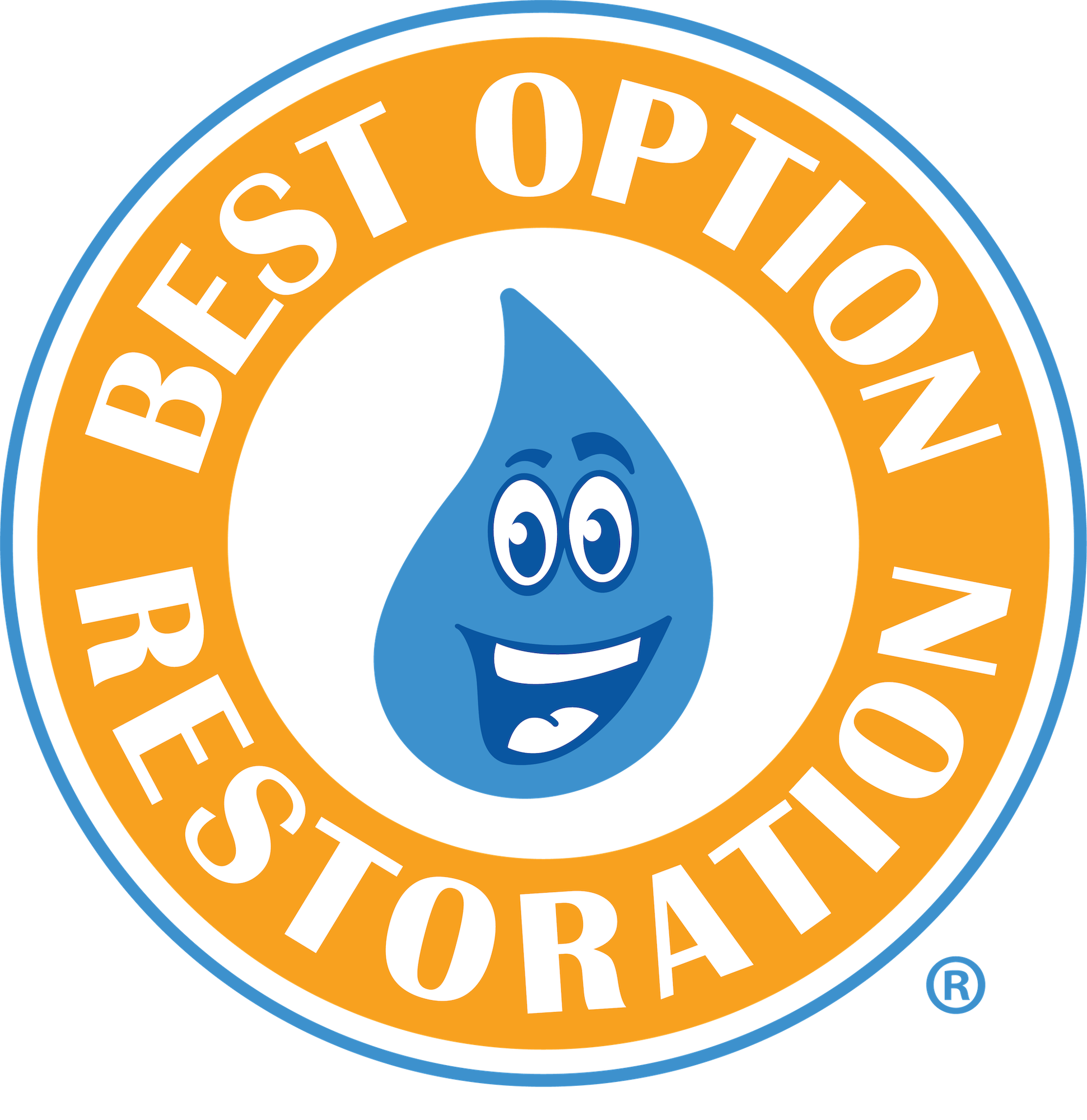Your home is your sanctuary, a place of comfort and security. But what happens when disaster strikes in the form of a leaky pipe, a burst washing machine hose, or even a heavy downpour? Water damage can be devastating, leaving behind a trail of destruction and potentially fostering the growth of mold. In these situations, understanding your insurance coverage becomes crucial. This blog will delve into the murky waters (pun intended) of homeowners insurance, water damage restoration, and when flood insurance becomes necessary, helping you navigate the complexities of getting your home back on track.
Homeowners Insurance: The First Line of Defense
Homeowners insurance acts as a financial safety net, protecting you from unexpected events that damage your property. Most standard homeowners' policies cover sudden and accidental water damage. Here are some common scenarios where your insurance might come to the rescue:
- Burst Pipes: A frozen pipe that thaws and bursts, or a pipe that cracks due to age or pressure, can unleash a torrent of water. Homeowners' insurance typically covers the cost of repairing the burst pipe and the resulting water damage.
- Appliance Mishaps: A malfunctioning washing machine hose or a dishwasher overflowing can quickly cause significant water damage. Fortunately, these incidents are often covered by your policy.
- Storm Damage: A heavy downpour can overwhelm gutters, leading to roof leaks and water intrusion. In some cases, even sewer backups due to heavy rain might be covered, depending on your policy.
It's important to remember that not all water damage is covered. Here's where things can get tricky:
- Gradual Leaks: Slow leaks, like a faulty faucet dripping for months, are often considered wear and tear and might not be covered by your insurance.
- Flooding: Homeowners insurance typically excludes flood damage. If your home is prone to flooding, consider purchasing separate flood insurance.
- Mold Growth: Mold often thrives in damp environments caused by water damage. While removing mold caused by a covered peril (like a burst pipe) might be covered, some policies exclude mold remediation entirely.
Here are some key tips for maximizing your homeowner's insurance coverage for water damage:
- Review your policy carefully: Understand the specific language regarding water damage and mold coverage.
- Maintain your home: Regularly inspect pipes, appliances, and roofs for potential leaks. Address any issues promptly to prevent further damage.
- Document everything: In case of water damage, take photos and videos of the damage and the source of the leak. Keep receipts for any repairs you make before filing a claim.
Water Damage Restoration: Putting Your Home Back Together
Water damage restoration is a multi-step process that aims to minimize the damage and prevent mold growth. Depending on the severity of the water damage, the restoration process might involve:
- Emergency Water Removal: The first step is to stop the source of the leak and remove any standing water as quickly as possible. This helps prevent further damage and provides a window for drying the affected area.
- Structural Drying: Dehumidifiers, fans, and specialized drying equipment are used to remove moisture from walls, floors, and ceilings. This process can take several days or even weeks.
- Antimicrobial Treatment: To prevent mold growth, affected areas are treated with an antimicrobial agent.
- Content Restoration: Carpets, furniture, and other belongings affected by water might be cleaned, sanitized, or even replaced.
The cost of water damage restoration can vary depending on the extent of the damage and the complexity of the restoration process. This is where your homeowner's insurance coverage comes in. Your insurance company will likely have a network of preferred water damage restoration companies. However, you always have the right to choose your own restoration company.
Flood Insurance: Protecting Yourself from Rising Waters
Floods are a unique type of water damage event. Homeowners' insurance typically excludes flood damage because floods are widespread events that can cause significant losses. To protect yourself financially in case of a flood, you'll need to purchase separate flood insurance.
Flood insurance is available through the National Flood Insurance Program (NFIP) and private insurers. Here are some key points to consider regarding flood insurance:
- Flood risk assessment: Flood maps determine your flood risk and your flood insurance premium. Understanding your flood risk zone is crucial for deciding if flood insurance is necessary.
- Waiting period: There's typically a 30-day waiting period after purchasing flood insurance before coverage begins.
- Coverage limitations: There are coverage limits for both building and contents coverage under flood insurance policies.
Conclusion: Knowledge is Power When Disaster Strikes
Water damage and mold can be stressful experiences, but understanding your insurance coverage can help alleviate some of the financial burden. By familiarizing yourself with the limitations and inclusions of your homeowner's insurance policy, you can navigate the claims process more effectively.

